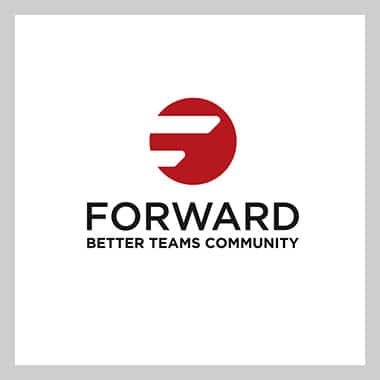Hosting a virtual meeting, such as trainings or conferences, requires different timing than in-person events. People’s stamina in the virtual space is often reduced. Being online and on camera, often with family distractions in the background, can take a toll on your brain and cause fatigue. Thus, we need to rethink how to use breaks to create space for people to rejuvenate so they can fully engage.
Over the last few years, I’ve experimented with both the length of events and the length of breaks. Based on my experience and the feedback of leaders, teams, and other facilitators, there are two commonly believed best practices in having successful events.
- Virtual events are shorter than in-person events.
- Virtual breaks are longer than in-person events.
The human brain can only focus for up to 90 minutes without becoming extremely fatigued. In an intense meeting or difficult training, 90 minutes may even be too long to go without a break. My rule of thumb is to never go more than 90 minutes without a substantial break. Sometimes it’s preferred to break every hour. If the breaks is every 90 minutes, I find that participants are grateful for a 2-5 minute stretch break around the 45-minute mark.
If the event is a full day, I recommend 20-30 minute breaks and at least an hour for lunch. Ideally, you can give them a 90 minute lunch break. The extra time makes a big difference in people coming back refreshed. If the event is a half-day, I recommend 15-20 minute breaks.
When I am facilitating an all-day event, I typically recommend splitting the event into three 90-minute sessions. A typical session might look like this:
8:30 – 10:00 – First session (90 minutes)
10:00 – 10:30 – Break (30 minutes)
10:30 – 12:00 – Second Session (90 minutes)
12:00 – 1:30 – Lunch (90 minutes)
1:30 – 3:00 – Third Session (90 minutes)
If three 90-minute sessions are not enough time, I would either recommend splitting it into two-half day sessions OR I might add one more 60-minute session. Each of these sessions is divided by a long break.
A 4-session, one-day event might look like this:
8:30 – 10:00 – First session (90 minutes)
10:00 – 10:30 – Break (30 minutes)
10:30 – 12:00 – Second Session (90 minutes)
12:00 – 1:00 – Lunch (60 minutes)
1:00 – 2:30 – Third Session (90 minutes)
2:30 – 3:00 – Break (30 minutes)
3:00 – 4:00 – Fourth Session (60 minutes)
When scheduling a session like this, the biggest challenge I run into is that the leader and team want to do more work than the time allotted. It becomes very tempting to shave time from the breaks to allow more meeting time; however, this leads us back to the problems that we were trying to avoid by having longer breaks, fatigue.
Ninety minutes may seem like a long lunch break; however, my experience is that most people find this extremely beneficial. In an hour and a half, they have time to eat, check on their kids, exercise, check some emails – all without feeling rushed. I’ve had people tell me that it gave them time to run an errand or take a nap. This time means they came back to the event refreshed and energized.
Each team is unique, so work with them to establish the ideal length and break schedule. Also, pay attention and be willing to adjust if needed.
Summary
Virtual meetings are demanding and we need to be thoughtful and plan the length of the meeting as well as provide long breaks at least every 90 minutes.
About the Author: Leigh Ann Rodgers, Founder of Better Teams and the Forward, community, is an IAF Certified Professional Facilitator with 20 years of experience in the human development field. Leigh Ann is a skilled meeting facilitator, trainer, and coach working across the globe to help leaders cultivate teams that are happy and high-performing.
Learn. Share. Practice. Move FORWARD. Join the Better Teams community, FORWARD, to network and grow with some of the most experienced professionals in the field of team building and facilitation. LEARN MORE


One Response
Very important topic in planning a virtual, hybrid or face-to-face meeting! Thanks Leigh Ann